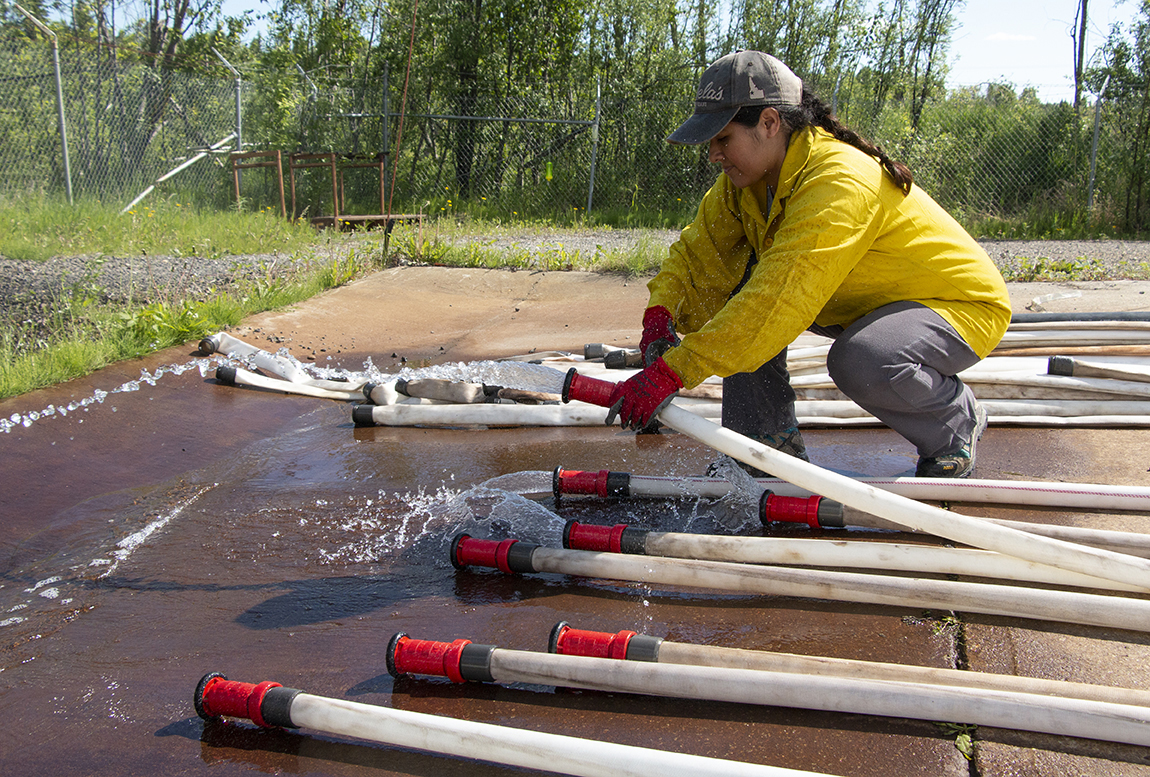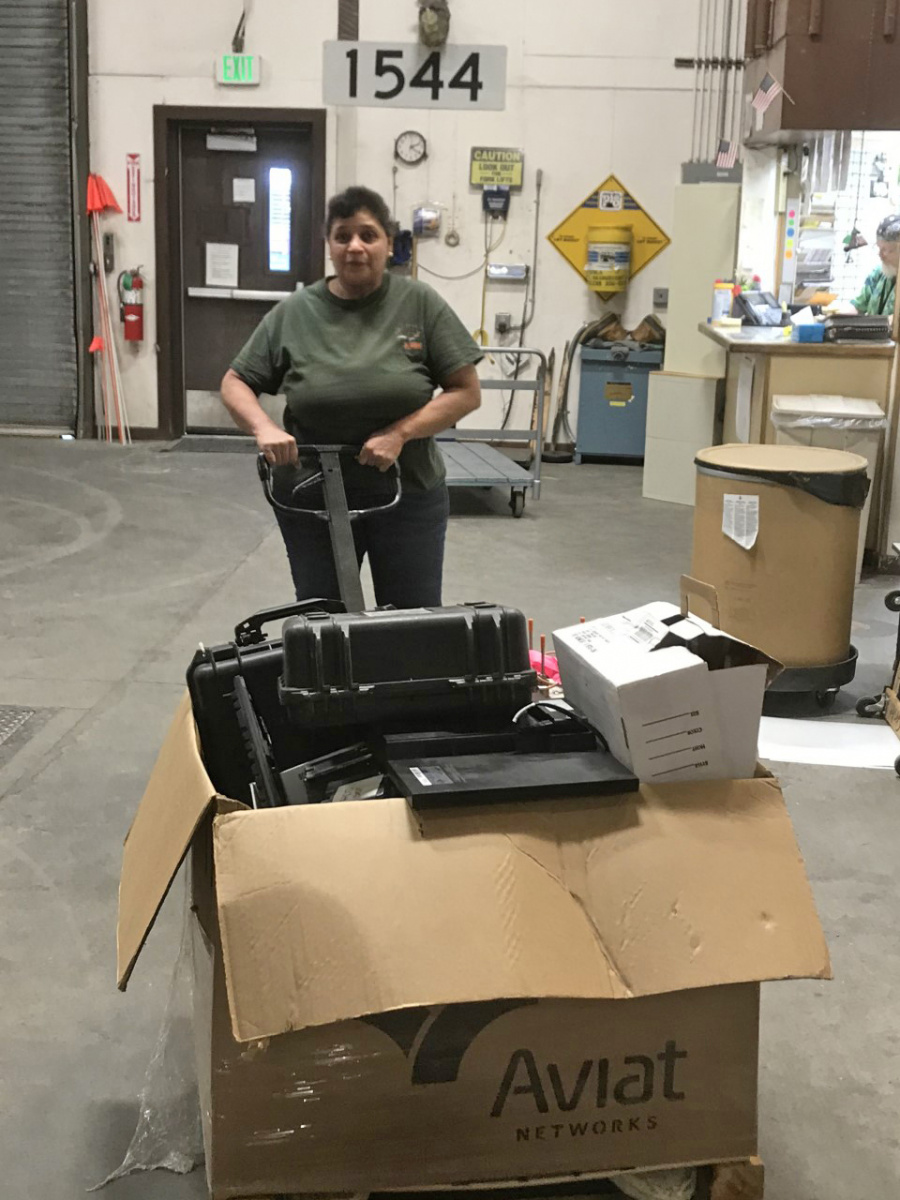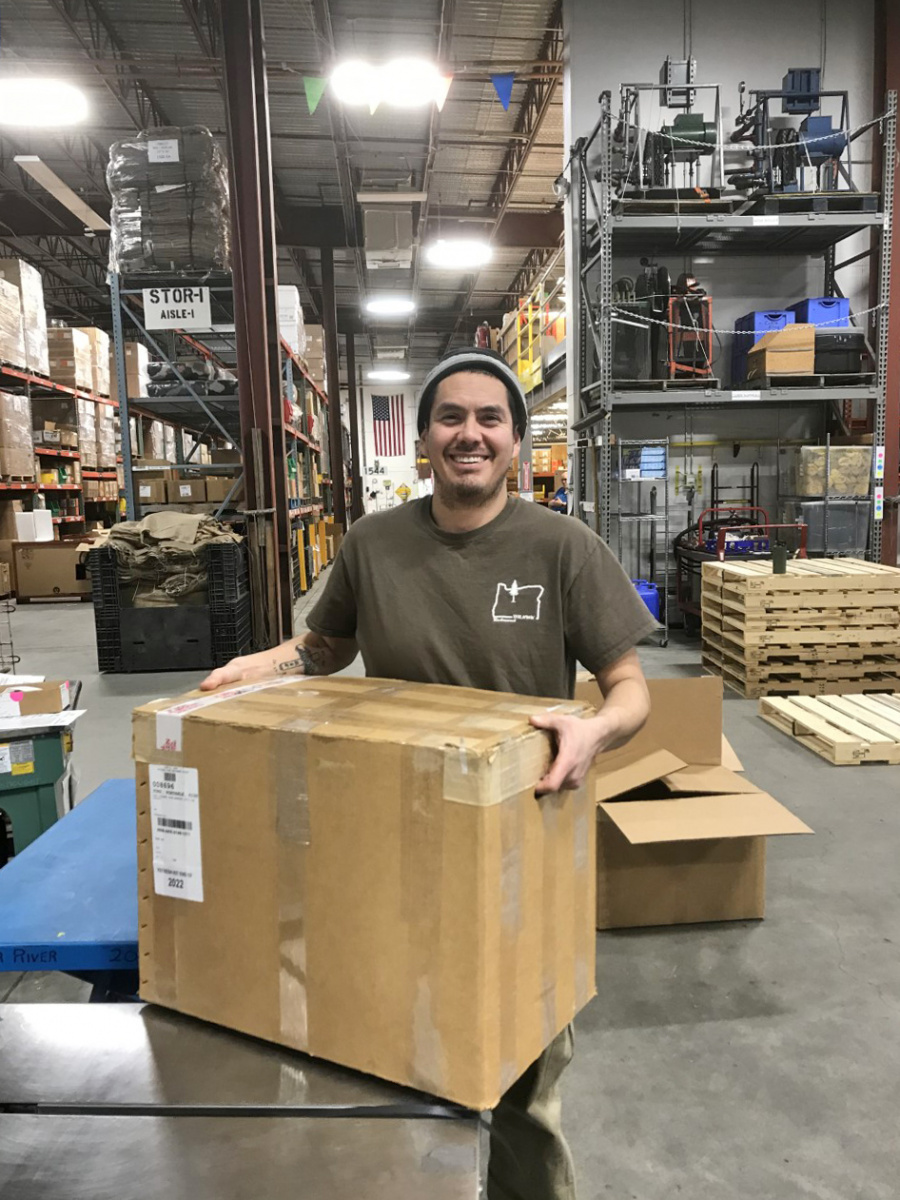Related Stories
- Progress on Public Lands: BLM 2025 Trump Administration Accomplishments | January 20 - December 31, 2025
- BLM Fire Team brings Smokey Bear to Kingman’s Street of Lights
- Rural wildland firefighting partners grateful for BLM gift
- Using science to uncover mysteries of the Mesa archaeological site in Alaska
- BLM hosts fire investigation training course to strengthen wildland fire investigation capacity across Arizona and the West
Office
P.O. Box 35005
1541 Gaffney Road
Fort Wainwright, AK 99703
United States
Phone:
Email:




